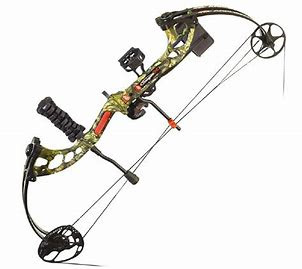I've started to write articles to populate the new website concerning my business enterprise selling archery equipment and I've decided to place them on this blog as well. I'm a lazy man and writing is hard work so I would like the fruits of my labour to receive maximum coverage. Also, some of my esteemed readers may find this information interesting.
This post is the first in a series of posts addressing the needs of the novice archer. The first flurry of posts is dedicated to choosing your first bow. This is not an easy quest as there are numerous styles and types of bows commercially available and newbies can easily be lost in an overload of information and sadly disinformation. I only wish I had had access to this information when I first became interested in the sport. Perhaps, some of my early purchasing decisions would have been less spontaneous and chaotic.
So let’s get to it…..
Okay, so there are two very important questions that need to be asked.
What type of archery are you primarily interested in?
And importantly
What is your budget?
Let us consider the first question. Archery is a very diverse sport and there are a number of different bow types to choose from. Let’s have a look at a very popular bow type, the compound bow.
Compound Bows
 |
| The Compound Bow in all its Complex Glory |
The compound bow is excellent for both target shooting and hunting and it is possible to buy bows designed specifically for each endeavour. Typically, ‘hunting bows’ are shorter and more compact than their target-orientated brethren and come in a variety of camouflage patterns and colours. Clearly, a relatively short bow is easier to handle in forested and bush terrain in comparison to a longer bow. Dedicated ‘target compound bows’ tend to be longer thus facilitating stability and accuracy at long distance; they can also be obtained in bright attractive colours. Of course, a target bow can be used for hunting and a hunting bow can also be used for target practice. It is just that each type of bow is tweaked for full efficiency for either hunting or target practice.
I’ll have more to say on the compound bow, in a future post, when I discuss the relative costs involved when purchasing bows.
 |
| My Compound Bow- The PSE Stinger X |
This concludes the first post in a series of posts looking at the variety bow types available and their suitability for the novice archer. In the next post, I’ll be considering perhaps the most popular bow used in archery, the recurve.

No comments:
Post a Comment